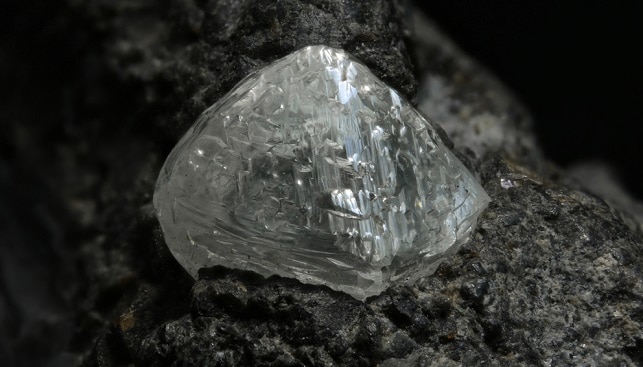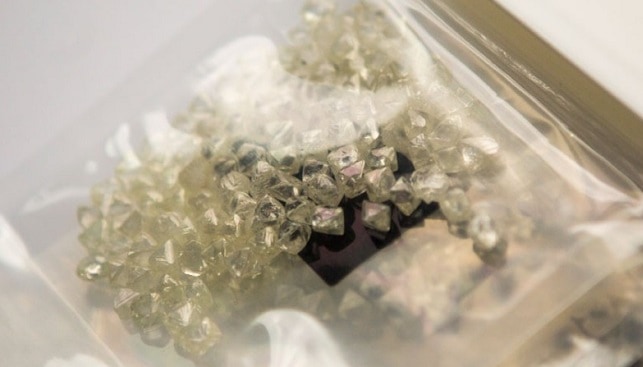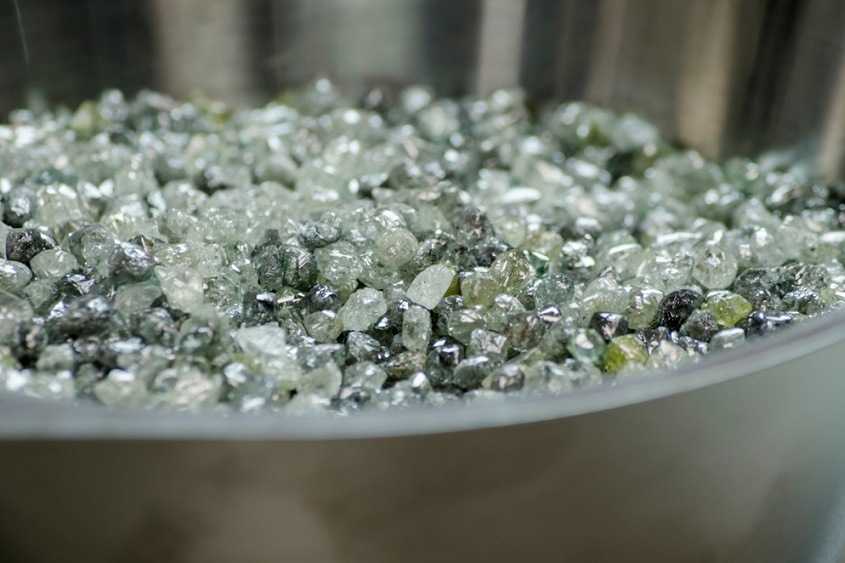In a first-of-its-kind experiment, a group of scientists of Washington State University have created a simulated collision of a meteorite containing graphite into the Earth. According to Scientific American, the collision’s heat and pressure “can transform this form of carbon into a rare and extremely hard type of diamond”, but scientists don’t yet how this happens at the atomic level.
Watching Diamonds Form in Real Time
The scientists, led by physicist Yogendra Gupta, used the collision chamber at Argonne National Laboratory, a science and engineering research national laboratory operated by the University of Chicago. Gupta and his colleagues simulated a meteorite impact “by firing a lithium fluoride bullet at a graphite disk at 5.1 kilometers per second”. They used extremely bright x-rays to “photograph” the event at 150 billion frames per second. In this way, they could watch the transformation of graphite to diamond in real time.
According to Gupta, the experiment showed that the transition from graphite to diamond happens during compression. The rare hexagonal diamond created in the experiment was formed at a pressure of 500,000 atmospheres and during billionths of a second. This suggests that “the impact needed to form this kind of diamond might not be as violent as was previously believed”.
Lorin Benedict, a physicist at Lawrence Livermore National Laboratory, claimed that “what is most exciting about this work is the way in which the researchers determined the precise locations of the atoms while en route from one crystal structure to the other”.
The diamond managed to hold its form after the pressure was dialed down, but the team still has to see whether the diamond will remain stable when the stress is reduced to zero. If successful, these types of experiments “might lead to a novel way to create diamonds for industrial use”.












